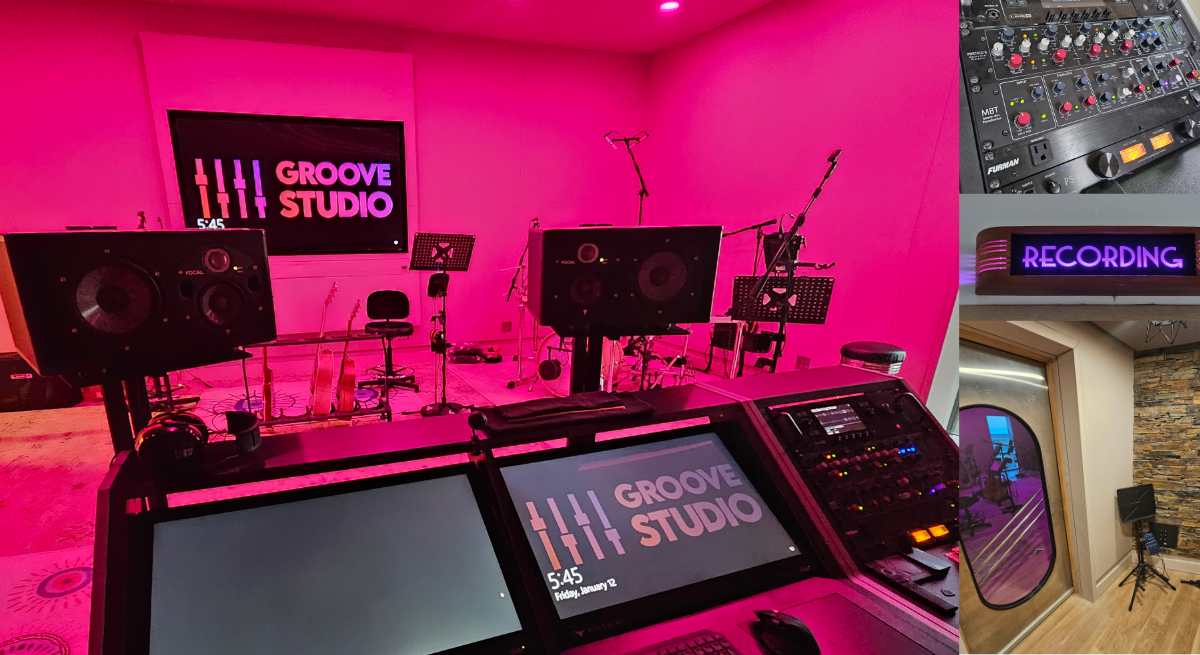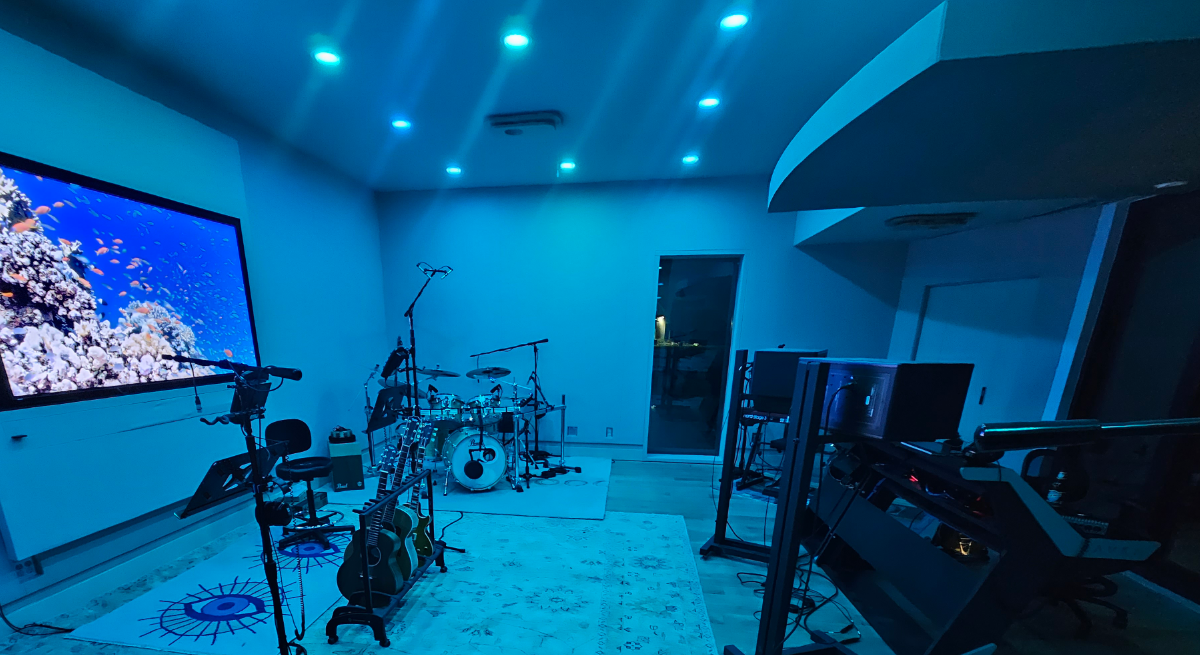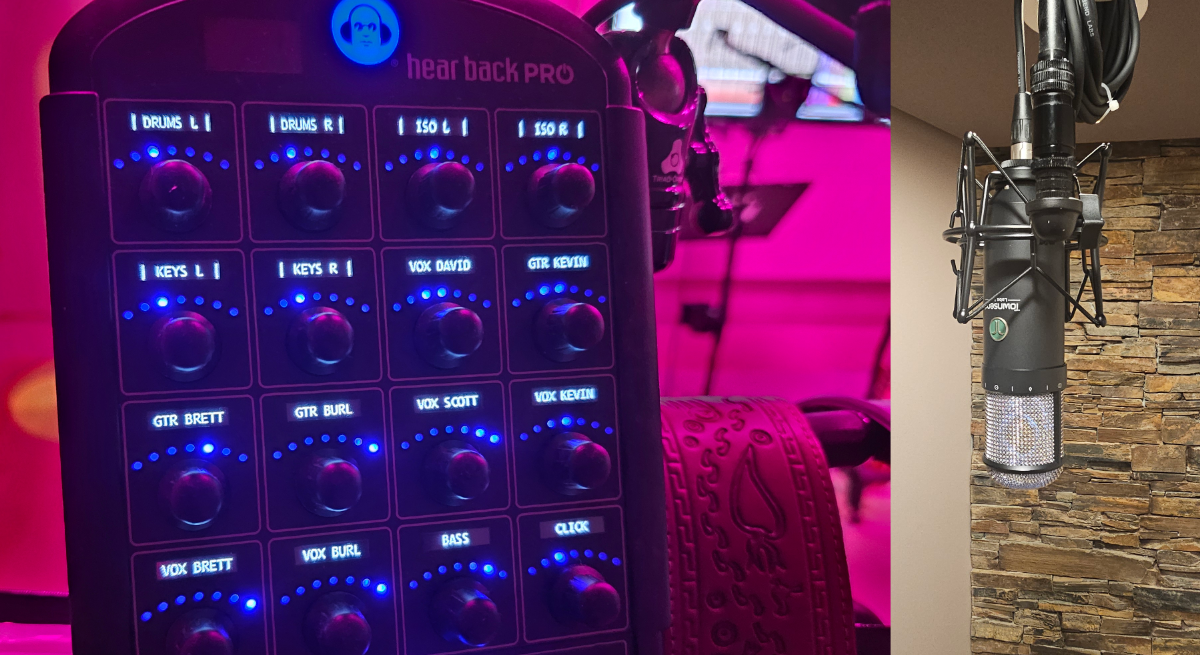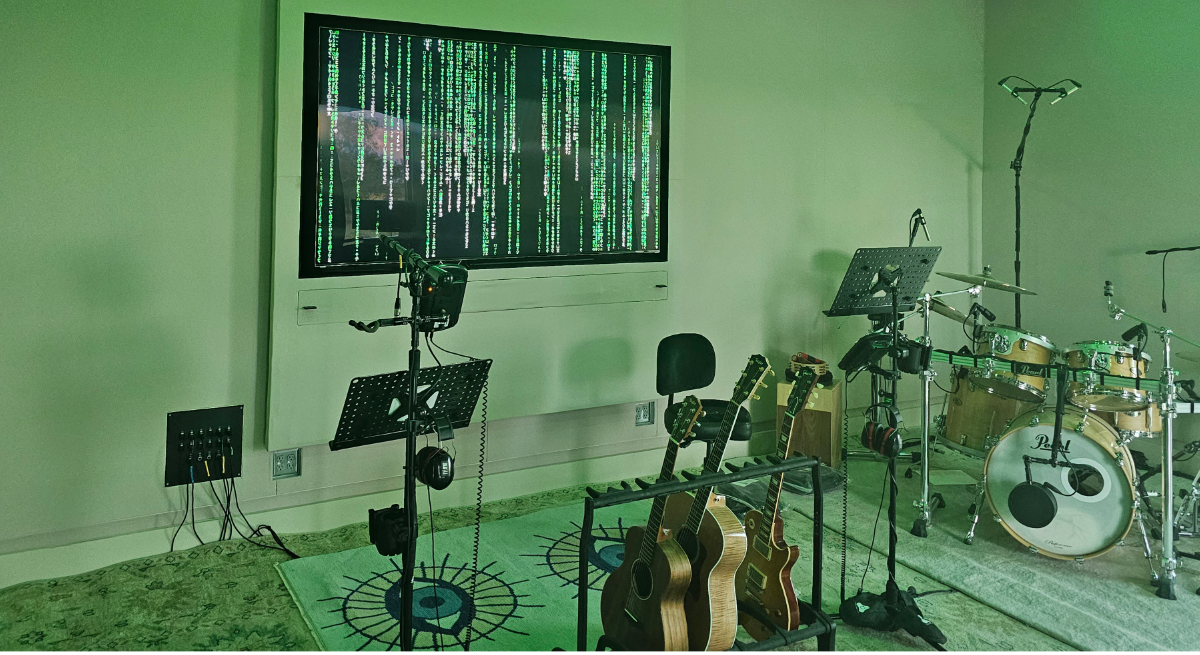




Mixing is where you put it all together
The Mix
Mixing is the process of blending all the individual tracks in a recording to create a version of the song that sounds as good as possible – the “mix”. The process can include: Balancing the levels of the tracks that have been recorded. Fine-tuning the sound of each instrument or voice using equalisation (EQ)
Equalization
I cannot stress how important that is. Mixing is all about setting levels. EQ, compression, reverb and effects are just polishing and fine-tuning. Setting levels right is critical for the quality of your final mix. You need to be able to hear all the instruments, yet give them each a place, because not all instruments are important. Play with just the volume faders, and try to achieve a good balance between the instrument. Don’t touch any panning knob, don’t use any plugins. Just volume faders. This is real core mixing. Personally, I tend to put the drums, bass, and vocals a little more upfront because they carry the rhythm and lyrics of the song. When listening to music, you sing along, and bob your head to the drums and bass, so I try to mimic that when mixing.
Oh, and don’t forget to leave some headroom! Your mix should not clip. Don’t be afraid to turn your tracks down, and turn your speakers up.
Compression
Compression is, with EQ, one of your most powerful tools. Basically, a compressor evens out the volume of your tracks. It turns down peaks, and turns up the quietest parts. Use a compressor on your drums to fatten them up, and make them punchy. Use a slow attack if you want some snap, or use a faster attack to have them fat. Another option is to send a copy of the drums to another bus, compress it heavily and blend the compressed drums with the un-compressed (or lightly compressed) original to get the best of both world. Compress your bass track to tame the attack a little and get more sustain and body. Use it on your main vocal tracks to turn up the quieter words that might get lost in the mix.